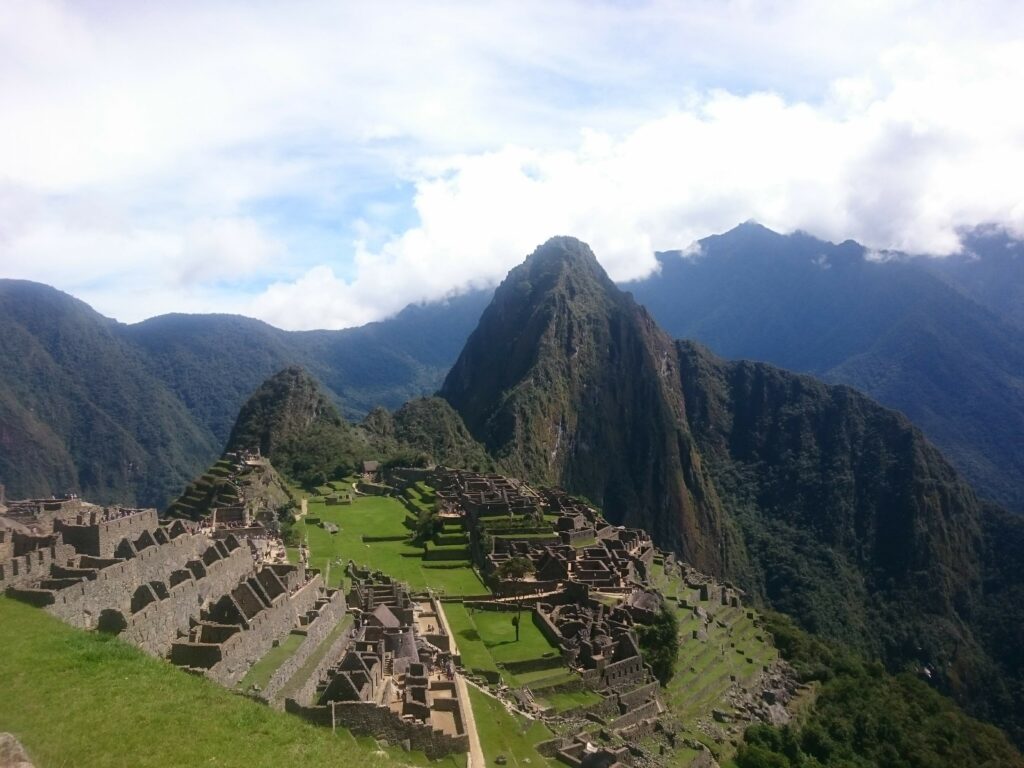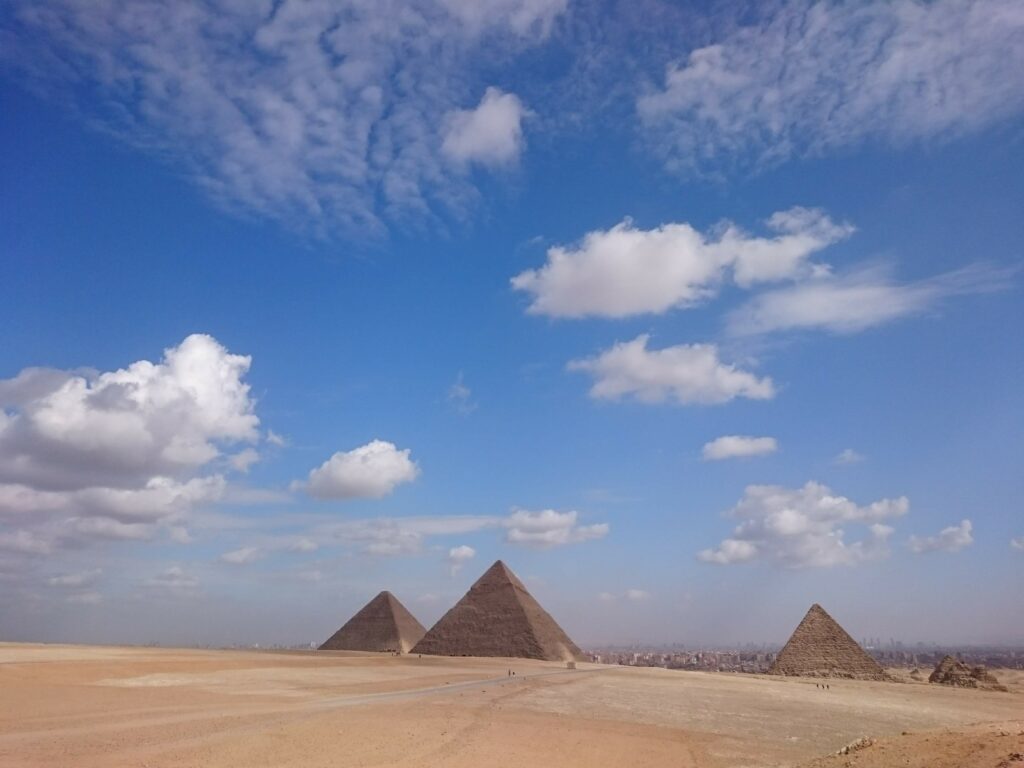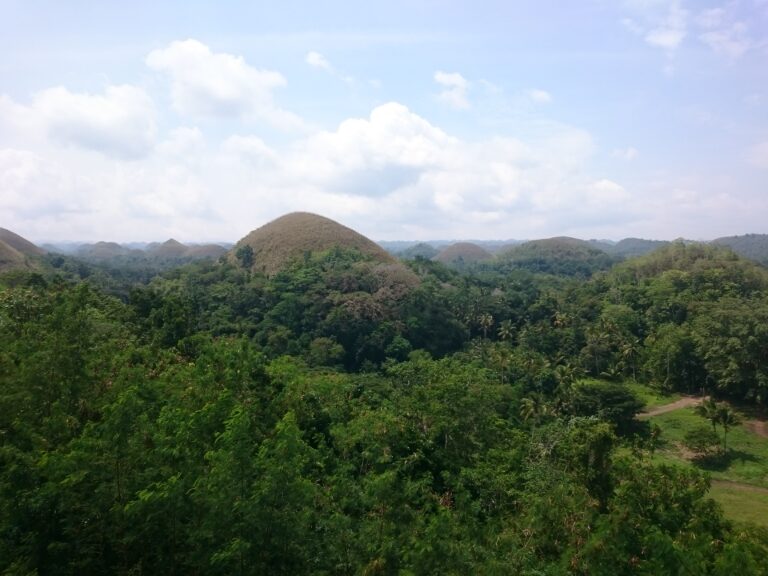
The Philippines had always been a mystery to me. A country of over 7,000 islands, each offering unique experiences, cultures, and natural wonders. When the opportunity arose to visit this beautiful archipelago, I knew I had to make the most of it. My itinerary included the bustling capital city of Manila, the historic and culturally rich Cebu, and the pristine paradise of Bohol. Each destination promised unforgettable adventures and experiences that would remain etched in my memory forever.
Manila: The Heartbeat of the Philippines
My journey began in Manila, the vibrant capital of the Philippines. Known for its rich history, chaotic streets, and a skyline that blends colonial Spanish architecture with modern skyscrapers, Manila was a city of contrasts. As my plane touched down at Ninoy Aquino International Airport, I felt a rush of excitement. The energy of the city was palpable, even from the airplane window.
Day One: A Walk Through Old Manila
I started my exploration in Intramuros, the historic walled city at the heart of Manila. Walking through its cobbled streets felt like stepping back in time. The massive stone walls, centuries-old churches, and colonial buildings told tales of Spanish conquest, American influence, and Filipino resilience. My first stop was Fort Santiago, a fortress that had witnessed countless battles and housed national hero José Rizal before his execution. As I walked through its gates, I could almost hear the whispers of history, the echoes of footsteps from long ago.
From there, I wandered to the Manila Cathedral, a stunning example of Romanesque architecture. The interior, with its high ceilings and intricate stained glass, was awe-inspiring. Nearby, San Agustin Church, a UNESCO World Heritage site, offered another glimpse into Manila’s past. The church’s baroque design, with its ornate carvings and ceiling murals, was a feast for the eyes.
Day Two: The Modern Pulse of Manila
The next day, I explored the modern side of Manila. I headed to Bonifacio Global City, or BGC as the locals call it, a bustling district filled with high-end shops, trendy cafes, and contemporary art. I wandered through the streets, marveling at the murals that adorned the walls of buildings, each piece telling a unique story. The atmosphere was lively, with locals and tourists alike enjoying the numerous parks, shopping centers, and restaurants.
I couldn’t resist trying the local cuisine, so I stopped at a traditional Filipino restaurant for lunch. The menu featured a variety of dishes, each more tempting than the last. I decided on sinigang, a tangy tamarind-based soup with pork and vegetables, and adobo, a savory stew of chicken marinated in soy sauce, vinegar, and garlic. The flavors were bold, the portions generous, and the experience unforgettable.
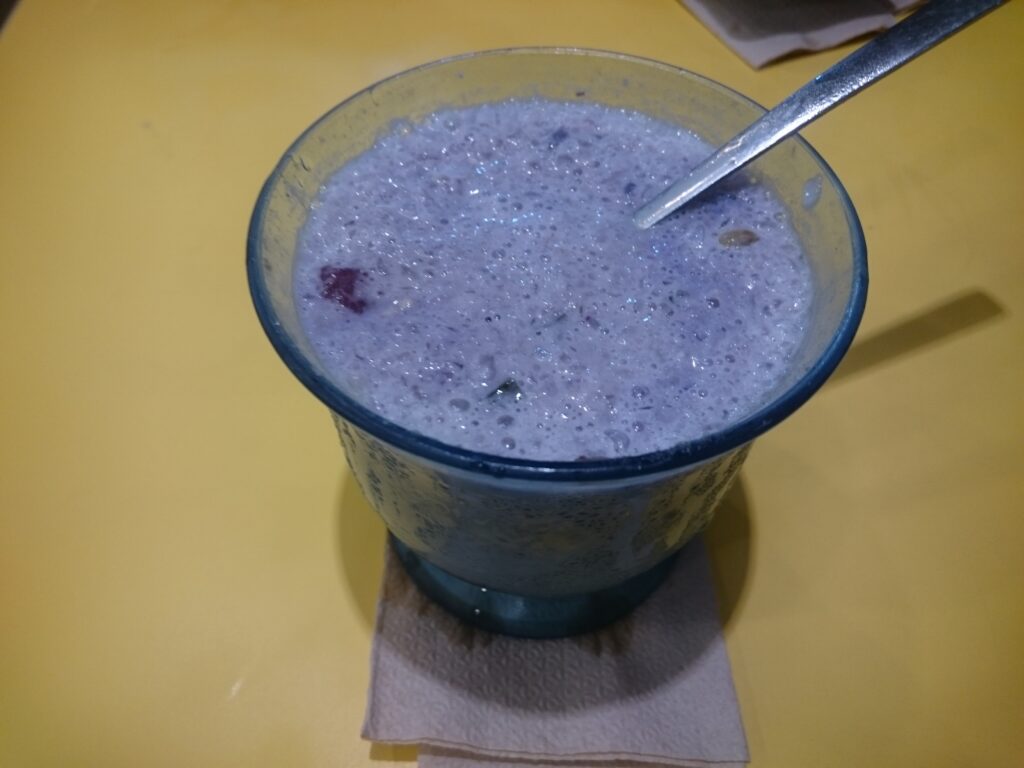

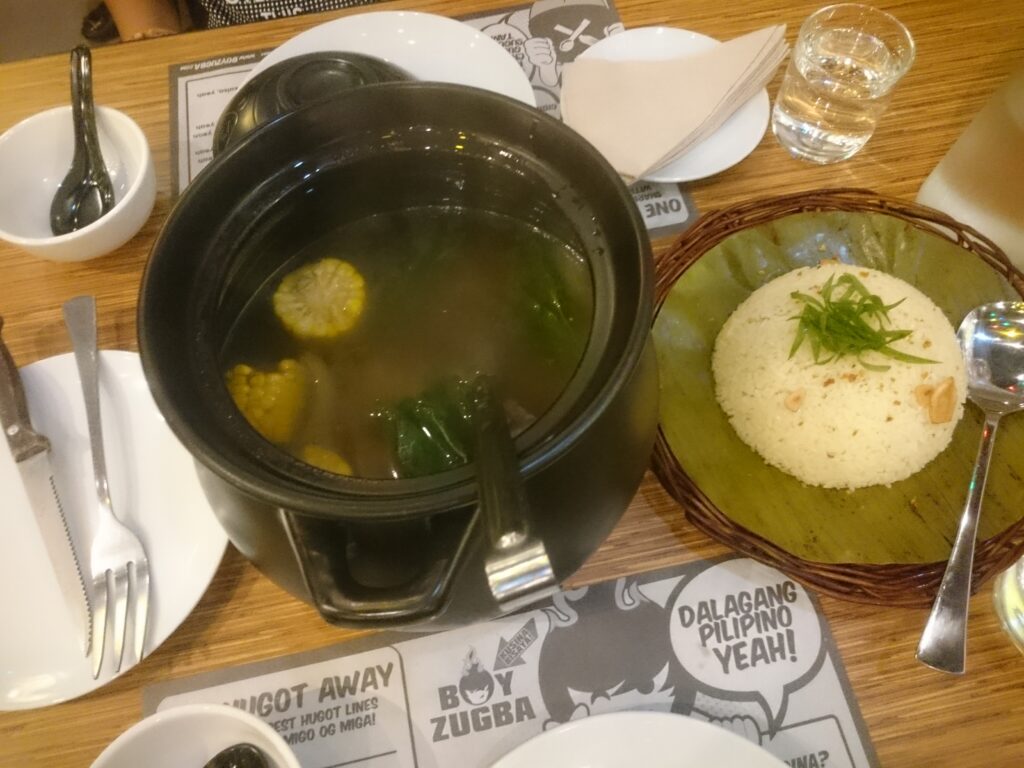

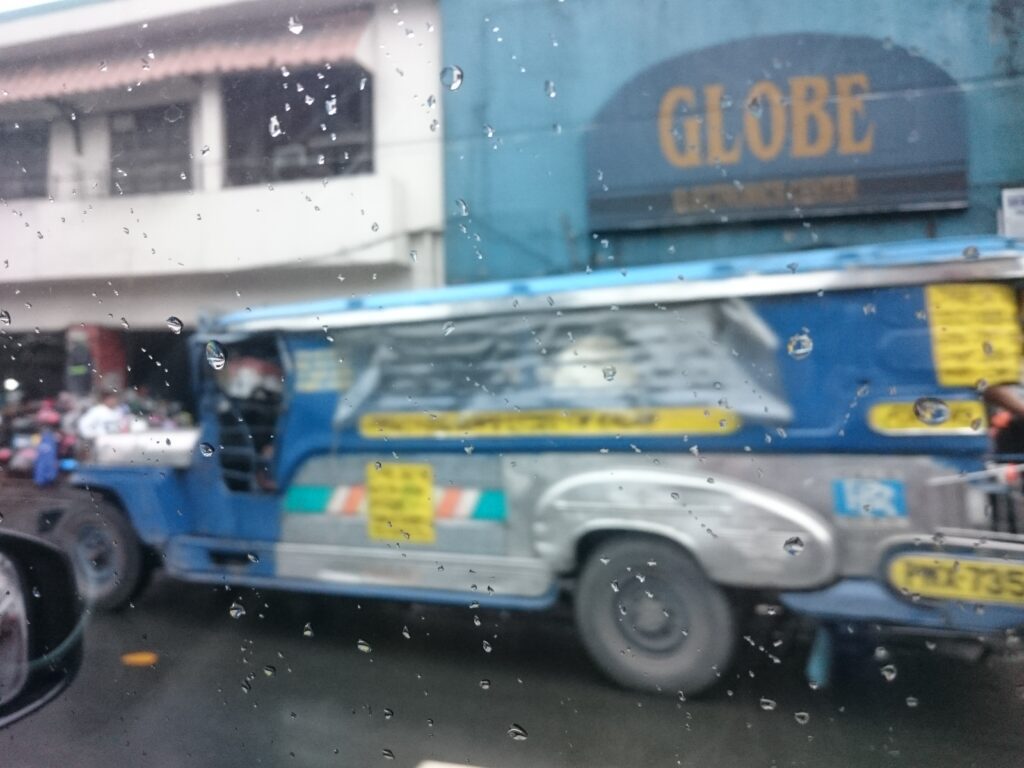

Cebu: The Queen City of the South
After the vibrant hustle of Manila, I flew to Cebu, known as the Queen City of the South. Cebu offered a different vibe—less frenetic but equally fascinating. It was a city that blended the old with the new, where Spanish colonial churches stood next to modern shopping malls, and traditional markets coexisted with upscale restaurants.
Day Three: A Journey Through History
My first day in Cebu was dedicated to exploring its historical landmarks. I visited the Basilica del Santo Niño, the oldest Roman Catholic church in the Philippines. Inside, the atmosphere was serene, with the scent of incense hanging in the air and the soft murmurs of prayers. The basilica housed the revered Santo Niño de Cebú, a statue of the Child Jesus that dates back to the Spanish colonial period.
Next, I made my way to Magellan’s Cross, a symbol of Christianity’s arrival in the Philippines. The cross, housed in a small chapel, was said to have been planted by Ferdinand Magellan himself in 1521. Standing before it, I felt a sense of awe, knowing that I was looking at a piece of history that had shaped the Philippines.
Day Four: Exploring Cebu’s Natural Wonders
Cebu wasn’t just about history; it was also a gateway to some of the Philippines’ most stunning natural wonders. I took a day trip to Kawasan Falls, a breathtaking waterfall located in the town of Badian. The trek to the falls was an adventure in itself, as I hiked through lush jungles, crossed bamboo bridges, and navigated rocky paths. The sound of rushing water grew louder with each step, and when I finally reached the falls, the sight was nothing short of magical. The turquoise waters cascaded down limestone cliffs into a crystal-clear pool below, inviting me to take a refreshing dip.
Bohol: The Island of Adventure
The final leg of my journey brought me to Bohol, an island renowned for its natural beauty and outdoor adventures. Bohol was a paradise of white-sand beaches, rolling hills, and crystal-clear waters teeming with marine life.
Day Five: Diving with Gentle Giants
Bohol’s waters are famous for their biodiversity, and one of the island’s most unforgettable experiences is diving with whale sharks. Despite their size and name, whale sharks are not dangerous to humans. These gentle giants feed on plankton and small fish, and they are known for their docile nature. I took a boat out to a popular dive site, where the water was deep blue and inviting. As I slipped into the water, my heart raced with excitement and a touch of nervousness. But the moment I saw the first whale shark, all my fears melted away.
The whale shark moved gracefully through the water, its massive body casting a shadow over the ocean floor. Swimming alongside it was a surreal experience, a humbling reminder of the vastness of the natural world. I could see the spots on its back, each one unique, like a fingerprint. It was a peaceful encounter, and I felt privileged to share the water with such a magnificent creature.
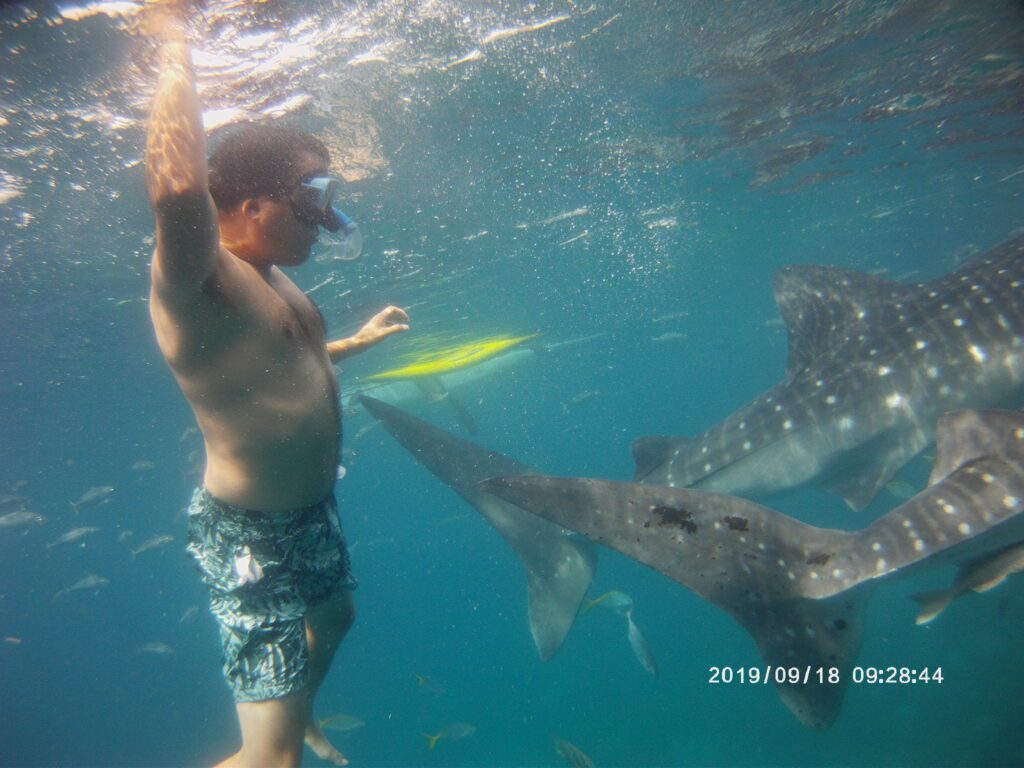

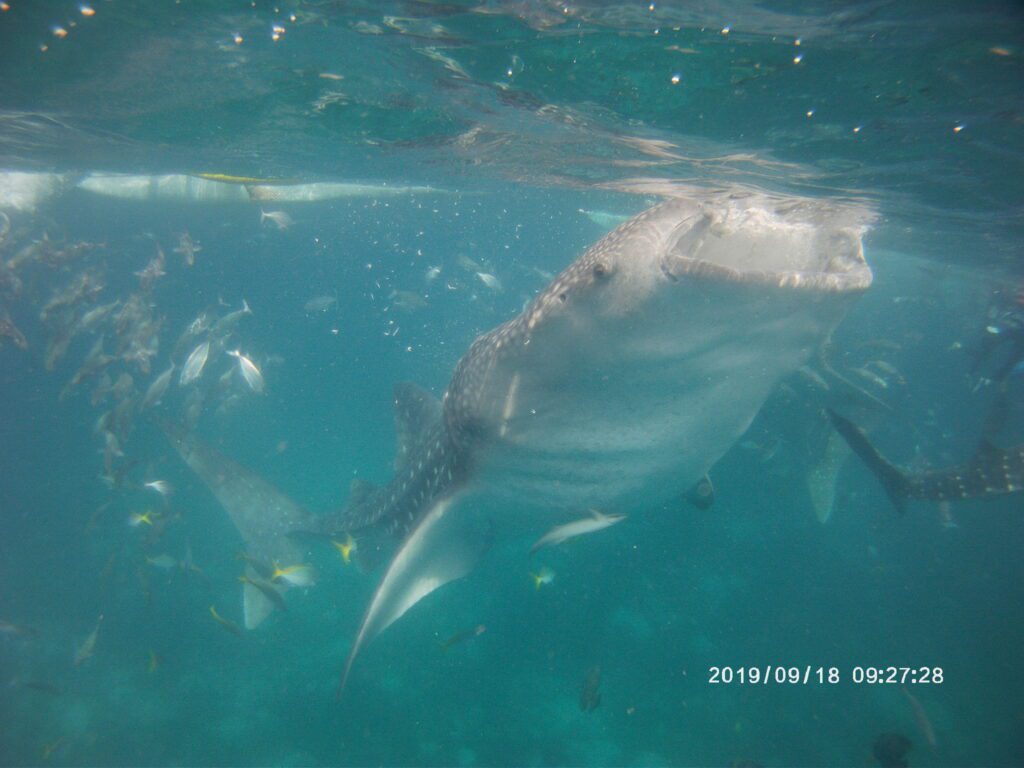

Day Six: The Sardine Run and the Underwater Party
The underwater adventures continued as I joined a dive to witness the famous sardine run in Bohol. As I descended into the depths, I was surrounded by thousands of shimmering sardines. They moved as one, a silvery cloud that twisted and turned in unison. It was mesmerizing to watch, a ballet of nature performed in the deep blue sea.
The sardine run was more than just a spectacle for divers. It was a feast for the local wildlife. Above the water, birds dove from the sky, eager to catch a meal. Below, sea turtles glided gracefully, joining the underwater party. I watched in awe as the turtles swam through the sardines, their movements slow and deliberate. It was a vibrant, living ecosystem, each creature playing its part in the dance of life.
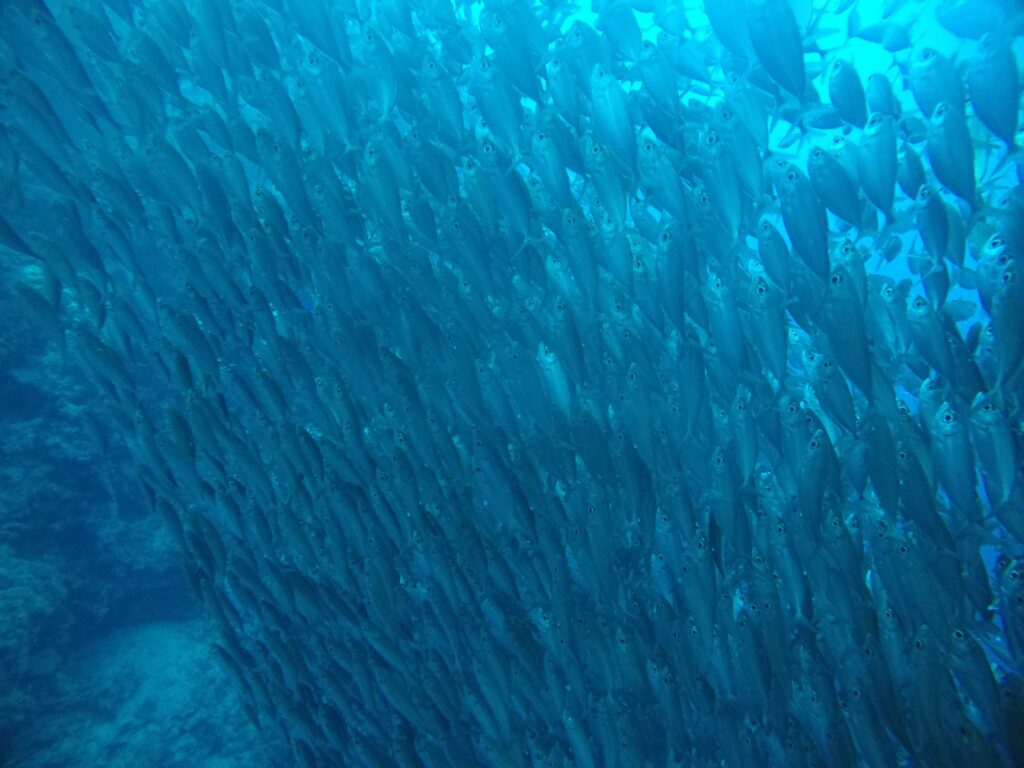

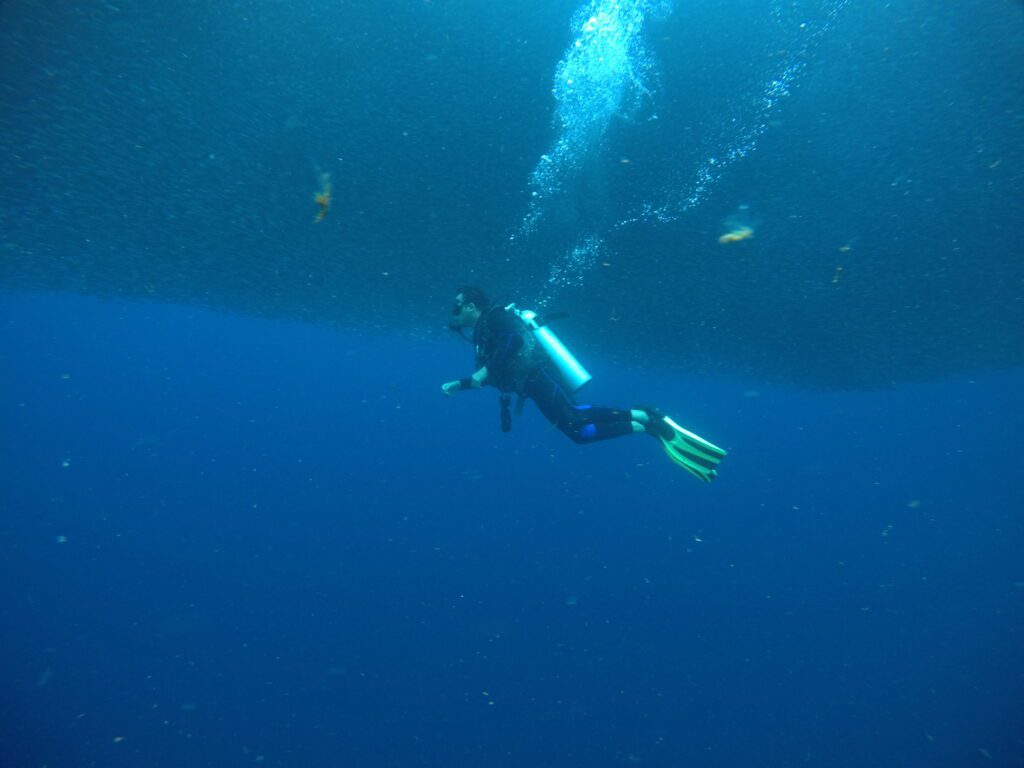

Day Seven: The Chocolate Hills and Tarsiers
My final day in Bohol was spent exploring its iconic landmarks. I visited the Chocolate Hills, a geological formation that looked like something out of a fairytale. The hills, hundreds of them, rose from the ground in near-perfect conical shapes, their green grass turning brown during the dry season, giving them their name. The view from the observation deck was breathtaking, with the hills stretching out as far as the eye could see.
Next, I made my way to the Tarsier Sanctuary, home to one of the world’s smallest primates. Tarsiers are tiny, with huge eyes and long fingers, and they are nocturnal creatures. Seeing them in their natural habitat was a delight. They clung to branches, their large eyes blinking in the daylight, their tiny bodies barely moving. The sanctuary’s efforts to protect these endangered creatures were commendable, and I felt lucky to have witnessed these little wonders of nature.
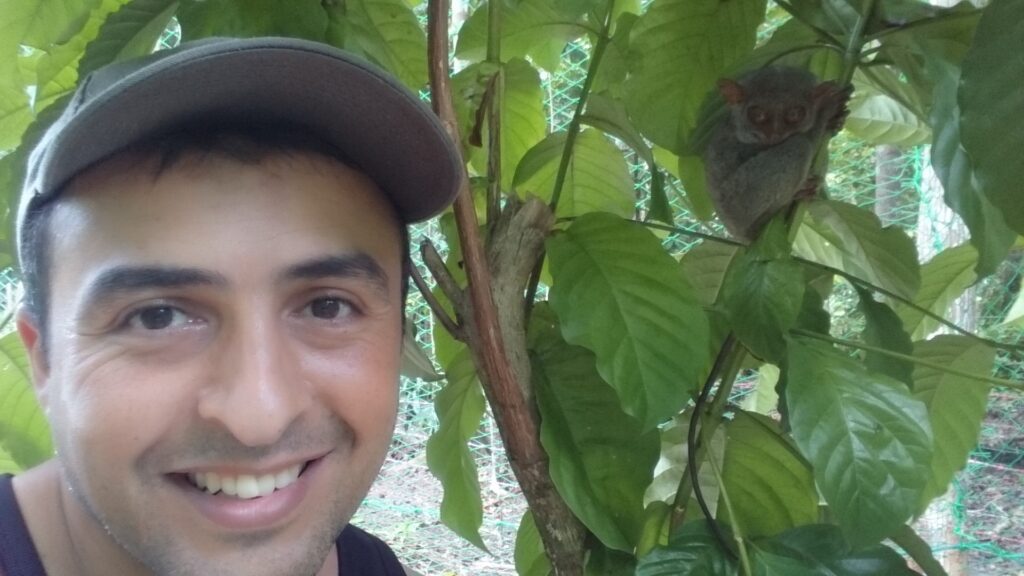

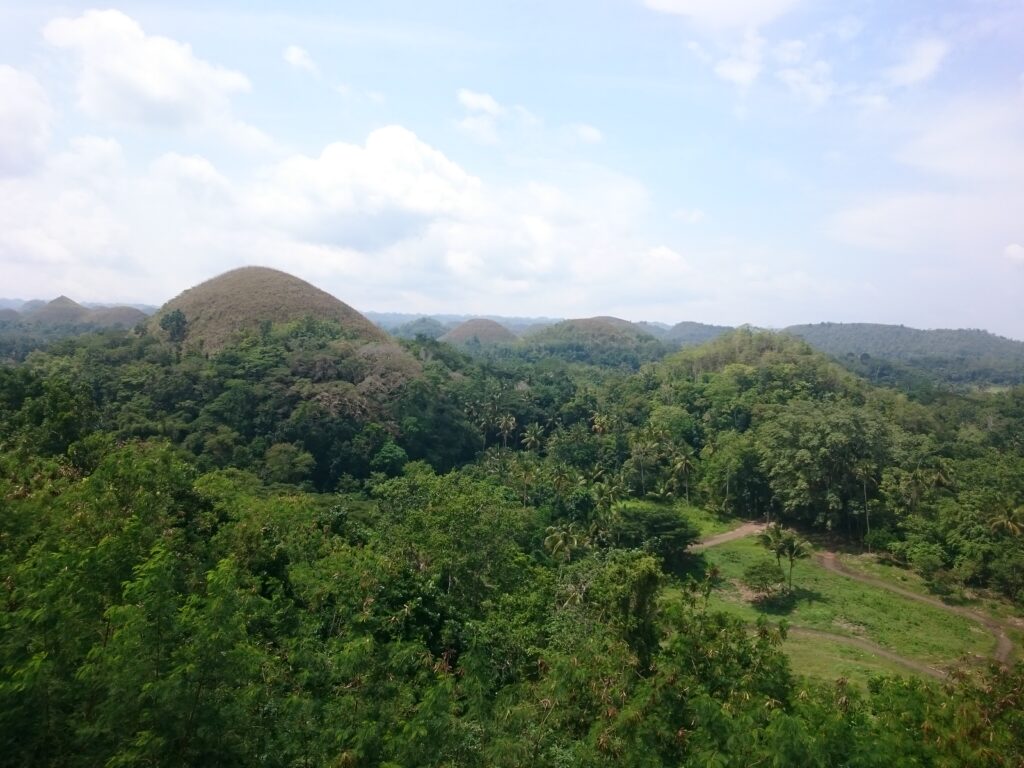

A Journey Through Paradise
As I left the Philippines, I felt a deep sense of gratitude. This journey through Manila, Cebu, and Bohol had been everything I had hoped for and more. The vibrant culture, the rich history, the delicious food, and the breathtaking natural beauty had all left an indelible mark on my soul. The Philippines was a land of adventure, a place where ancient traditions met modern life, where the ocean’s depths held wonders beyond imagination, and where every sunset painted the sky with hues of gold and crimson.
I knew that this was not a goodbye, but a promise to return. For the Philippines, with its warm-hearted people and stunning landscapes, was a place that called me back, time and time again.

